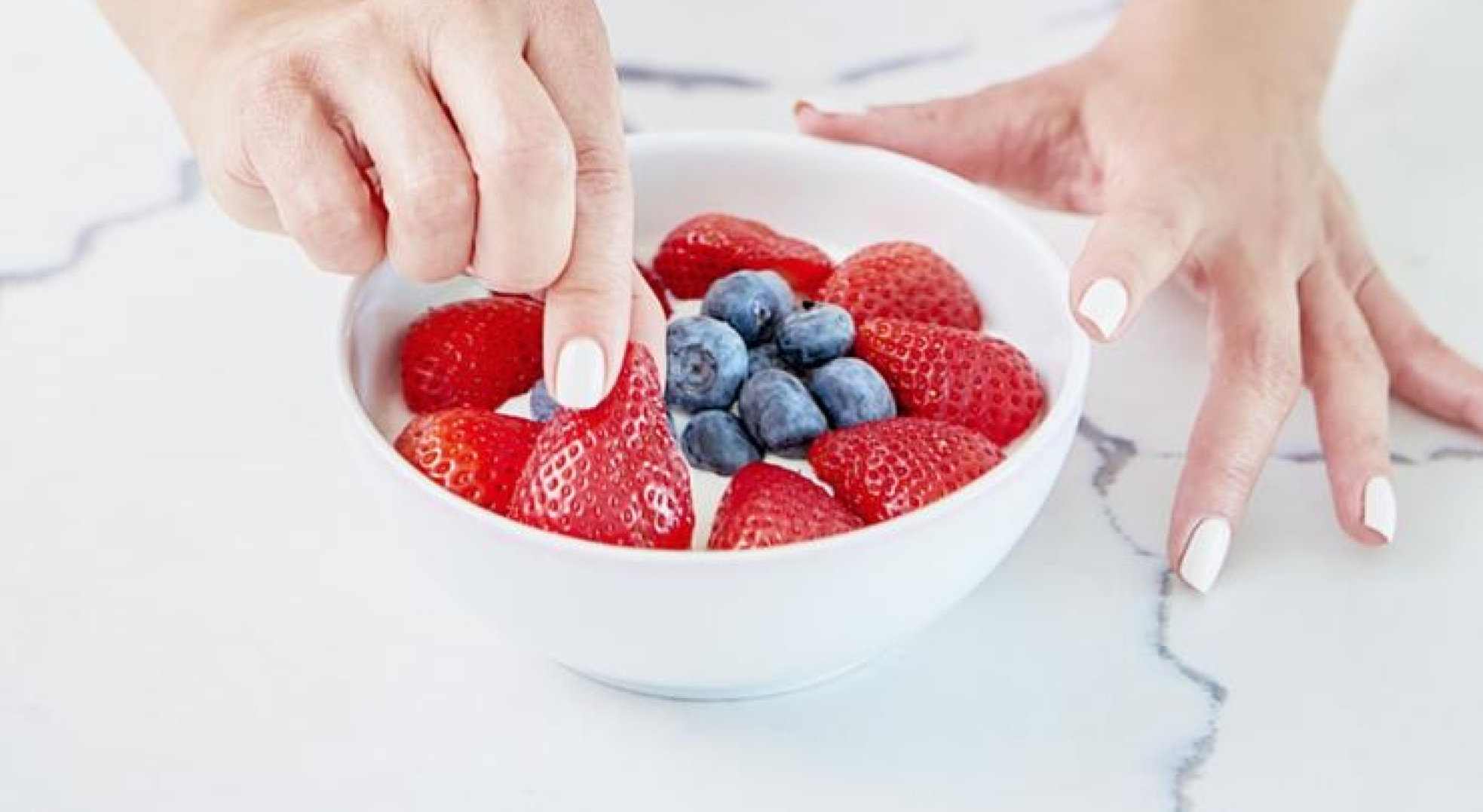
Juicing is a fabulous way of making our nutrients bioavailable, as juicing removes the fibrepart of the fruits and thus requiring very little work from our digestive system and is also very high in water.
It is wise to choose organic whenever possible. However some vegetables are worse than others. Below are the vegetables that are the most pesticide loaded one according to the Environmental Working Group, so it is wise to only purchase these vegetables if they are organically grown. The worst ones are listed first.
The order listed below is only intended for those who are new to juicing so you can have a pleasant experience with it. Using some lemon or lime to the juice can help effectively counter the bitterness of some of the bitter greens. That being said it is far better to use lemons or limes than carrots, beets, or apples which contain more fructose.
An interesting side note: Cabbage juice is the most healing nutrients for ulcer repair as is a huge source of Vitamin U.
Lemons and limes:You can also add a quarter to a half of a lemon or lime, leaving much of the rind on.
Cranberries:Add some cranberries if you enjoy them. Researchers have found that cranberries have five times the antioxidant content of broccoli, which means they may protect against cancer, stroke and heart disease. In addition they are chock full of phytonutrients, and can help women avoid urinary tract infections.
Fresh Ginger:This is an excellent addition if you can tolerate it. It gives juice a little “kick”, and as an added bonus researchers have found that ginger can have a dramatic effects on cardiovascular health, including preventing oxidation of low density lipoprotein (LDL)
Juicing is a time consuming process, so you will probably be thinking to yourself “ I wonder if I can juice first thing in the morning and then drink it later?” This is not a good idea. Vegetable juice is HIGHLY perishable so it’s best to drink all your juice immediately.
We all know cleaning your juicer takes no longer than 10 minutes to clean. An old toothbrush works well to clean any metal grater. Remember to clean immediately after you juice to prevent any remnants from contaminating the juicer with mold growth.


Providing personalized nutrition plans to help you live a happier and well-rounded life.
© 2022 Nutrition Lab Inc . All Rights Reserved | Website Developed By: Thrasker.